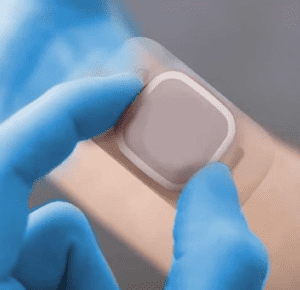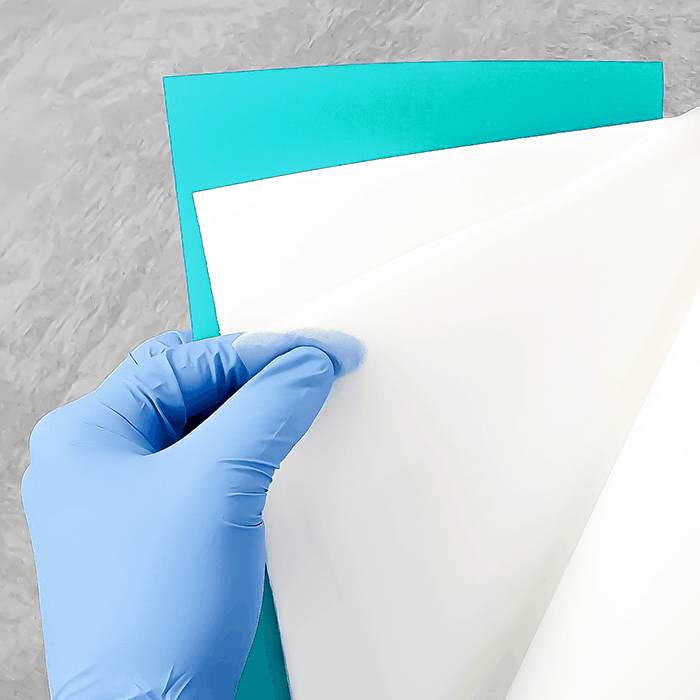When we think about our skin, we tend to forget one pretty central fact: it’s not simply the outside of our body… it’s an organ in and of itself. That means that it expands, contracts, sweats, shivers, absorbs, breaks, and heals – all things that can provide a number of challenges when you’re trying to design a health sensor that ticks all the right boxes. With the aid of a proper adhesive to stick your product to skin, your job as a design team becomes easier and simpler. There is a plethora of factors to consider, so what should you keep in mind when selecting the best adhesive that will let your device do its job?
Wear Time & Duration
Not every adhesive is built equally – one of the first and most important questions to ask yourself when choosing an adhesive is the duration of time someone will be wearing it: is it for 30 minutes or upwards of a few days? Skin is a part of a living organism, so factoring in breathability and gentleness in the adhesive is important, especially if there will be a long period of time that the device will stay on a person.
Size & Weight
While health sensors are certainly following a trend of small, sleek, and unobtrusive, sometimes a larger device is needed, and this needs to be factored into choosing an adhesive. A fine balance must always be maintained with your device: have an adhesive tough enough to stay in place and carry the weight of your device, but breathable and non-abrasive so as not to damage any skin.
Conformability
Will the sensor go on the neck? Will it go on the lower leg? Maybe it gets better readings in different places. The human body comes in all shapes and sizes and so having an adhesive that will adapt to different places on it is integral in designing an effective sensor. Conformability is also ergonomic for the person wearing the sensor – it’s simply not permissible to have a device that weighs down, pulls on the skin or is unadaptable.







